“Brilliant, Cronwell! How do you do it?!” Charles Wadsworth marveled, raising a glass of brandy. Cronwell crossed his feet on the mahogany desk and lit his ancient pipe. “Merely the power of logic and intuition, old man!”
Hastings Cronwell, the famous detective, had solved yet another case that baffled the DC Metro Police. Burglary and embezzlement had been at the heart of the case. A set of siblings, aggrieved at the mistreatment of their father by his longtime employer, had staged a dozen break-ins, each time plundering video equipment while secretly planting software that would siphon funds from the accounting systems. Cronwell had been called in to consult on the burglaries, but in a moment of enlightenment, he had unraveled the whole sordid plot and sprung a trap to catch the thieves red handed.
Cronwell’s exploits were known far and wide – he was even featured in a regular podcast produced by Wadsworth, recounting his thrilling adventures and preternatural abilities of observation and deduction. Partly because of Cronwell’s British accent, comparisons to that brainchild of Sir Arthur Conan Doyle were inevitable, though nearly 100 years out of date. The difference being that Sherlock Holmes was fictional, and as dozens of incarcerated men and women could attest, Hastings Cronwell was very real.
At the muffled sound of a knock, Wadsworth turned on his heel and walked downstairs to answer the door. He reappeared in the study a moment later with Detective LaRue of DC Metro, who did not look like he had come for the cognac.
“Good morning, Detective,” Cronwell offered warmly, and then added with a wry look, “I deduce from the notebook in your hand that you are not here to toast the closing of the embezzlement case.”
“Correct as usual, Cronwell,” LaRue replied. “I’ve been asked by the chief himself to come to you about something very old and just as weird.”
Intrigued even more than usual, Cronwell asked the detective to take a seat in one of the faded burgundy wing-backed chairs near the dormant fireplace. LaRue began his tale, somewhat in the tone of a true crime narrator. He consulted illegible notes as he spoke:
“Last week, uniformed officers responded to a call in the Cathedral Heights neighborhood. A house was undergoing renovations when the workers made a grisly discovery in the basement. Excavation of an old brick wall revealed a 5’ by 10’ chamber containing an ancient coal furnace and a man’s skeleton sitting on the floor leaning against it. According to permit records, the furnace room had been closed off in February of 1934 when the whole area switched to natural gas for heat. Our best guess is that whoever did that work must have trapped some poor soul in there before they laid the bricks.”
LaRue produced a photo of the skeleton, a figure sagging against the old furnace in a posture that suggested calm defeat more than frantic distress. His rotting clothes were so covered in coal dust and cobwebs as to offer no clues beyond this being a man.
“It sounds like The Cask of Amontillado,” Cronwell offered.
“There was no wine in the cellar when we were there,” LaRue replied, pleased that he knew what amontillado was. He was accustomed to being two beats behind in almost every conversation with Cronwell and Wadsworth.
Wadsworth explained patiently, “No, the Edgar Allen Poe story called The Cask of Amontillado. It’s the one where someone is lured to a wine cellar and then bricked up behind a wall. I don’t recall why, now that I think about it.”
Still looking down, LaRue shook his head, also not recalling why someone was bricked up in a story he definitely had not read. He mentally returned to his proper place two beats behind in the conversation and continued:
“Needless to say there was no identification on the corpse, but it is interesting that there was no evidence of any kind of trauma either. No visible damage to the skeleton, no sign of the person trying to claw their way out. We know that no one was living in the house when the basement work was completed. That’s why we suspect that whoever built the wall might be the culprit.”
A sip of brandy later, Cronwell asked the obvious question, “And you have discovered something about the identity of this brickmason that has led you to our door today?” It was the only explanation for how uncomfortable LaRue seemed in relaying this story, which was otherwise nothing more than a ninety-year-old cold case.
“Ah, yes,” said LaRue, looking down at his notes. “The permit shows the mason to be Edward Morley, the grandfather of Mayor Teresa Morley.”
Wadsworth registered surprise, Cronwell seemed unfazed, and LaRue finally got to the purpose of his visit. “The mayor would like Mr. Cronwell to determine how this man met his awful fate before the details are pieced together by the press. Whether the mayor’s grandfather is or is not to blame, we would like to know that before any narratives gain traction in the press.”
LaRue and Wadsworth departed some time later, leaving the master detective alone to reflect on this new case. He had agreed to take it after some additional coddling of his ego and a direct call from the mayor herself. His uncertainty was genuine and connected to his deepest secret – a secret that would rock the world if he should ever slip up. Cronwell walked down three flights of stairs to a sub-basement that did not exist on city plans. To get there he had to pass through two locked doors for which he had the only keys. He closed the final door behind him, walked to the center of the room, and removed the tarp covering his time machine.
Cronwell invented the time machine in the year 2207 while in graduate school studying quantum biomechanics at Oxford University. It worked perfectly for small jumps in time but was less reliable on larger leaps. The machine was simple enough to use – just set the chronological date and physical location for a destination, and it would move between points in four-dimensional space-time along shortcuts in a fifth dimension. An unfortunate inevitability of the technology was that the greater the space-time distance to be traveled, the less precise the landing point.
Eventually Cronwell came to set up shop across the pond as “DC private detective extraordinaire” in the 1990s, and in this role, the time machine was perfect. It was easy to make precise jumps of a couple of months and a few miles, so his ability to solve local crimes seemed otherworldly. Over the past 25 years, he had gained a reputation that matched Sherlock Holmes. Cronwell often wondered if Sherlock Holmes might have been a time traveler himself.
The new case seemed risky because of the great leap in time required. Cronwell thought that because the location was fairly close in distance, the longer reach in time would not cause any problems. Even if he arrived within a month of the work being done, it would probably give him enough information to close the case. And if he missed completely, he knew he could just undo the journey. There seemed to be little risk, and the reward of having the mayor in his debt was too large to pass up.
Cronwell sat in the small cockpit of the time machine and synced it with the pocket watch that controlled the device. He set the time coordinates to the evening of the scheduled renovation work and the location coordinates to the crossing of Wisconsin and Massachusetts Avenues, two blocks from the crime scene. The nauseous swirling sensation and migraine-inducing light pulses flooded through him and then slowly abated to the familiar fading ringing in his ears.
The other end of time travel always felt like waking up from anesthesia – a gentle rousing accompanied by the overwhelming instinct to roll over and go back to sleep. On this trip, the sensation was compounded by the pitch black of his surroundings. He had clearly missed the street crossing as his destination. He wondered how close he’d come to the correct date. His heart sank when he found that his watch was not in his pocket. Perhaps it had just fallen out when he arrived – best not to panic.
He felt around but found no trace of either his watch or the time machine. He did however gradually establish a fairly detailed picture of where he’d ended up: a 5’ by 10’ basement room enclosed in freshly laid brick with a dormant coal furnace occupying one end. Realizing he’d been holding his breath, Cronwell exhaled a single syllable of desolation and defeat. He sat down slowly, alone in the dark, and waited.
Image by OpenClipart-Vectors from Pixabay





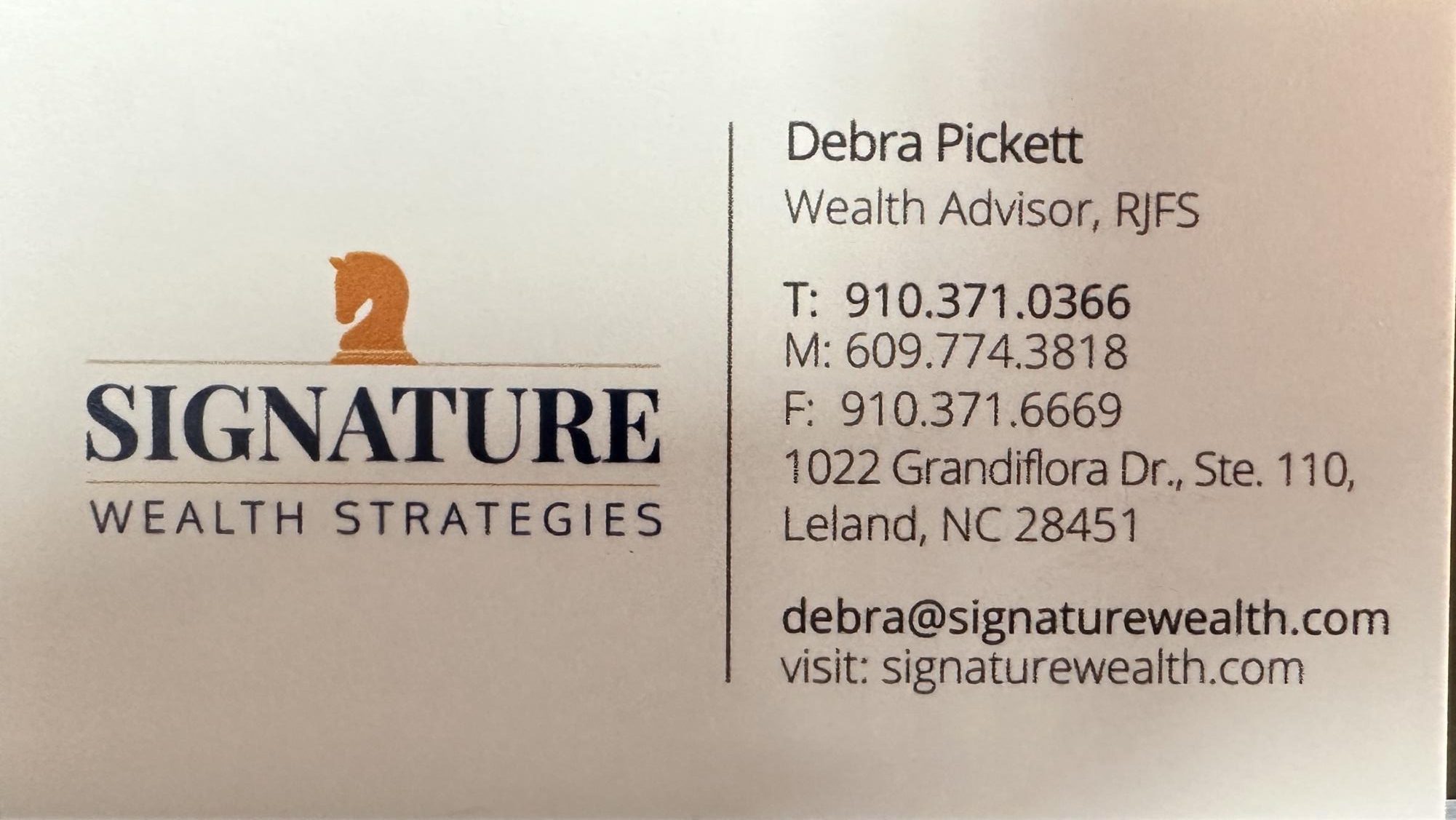





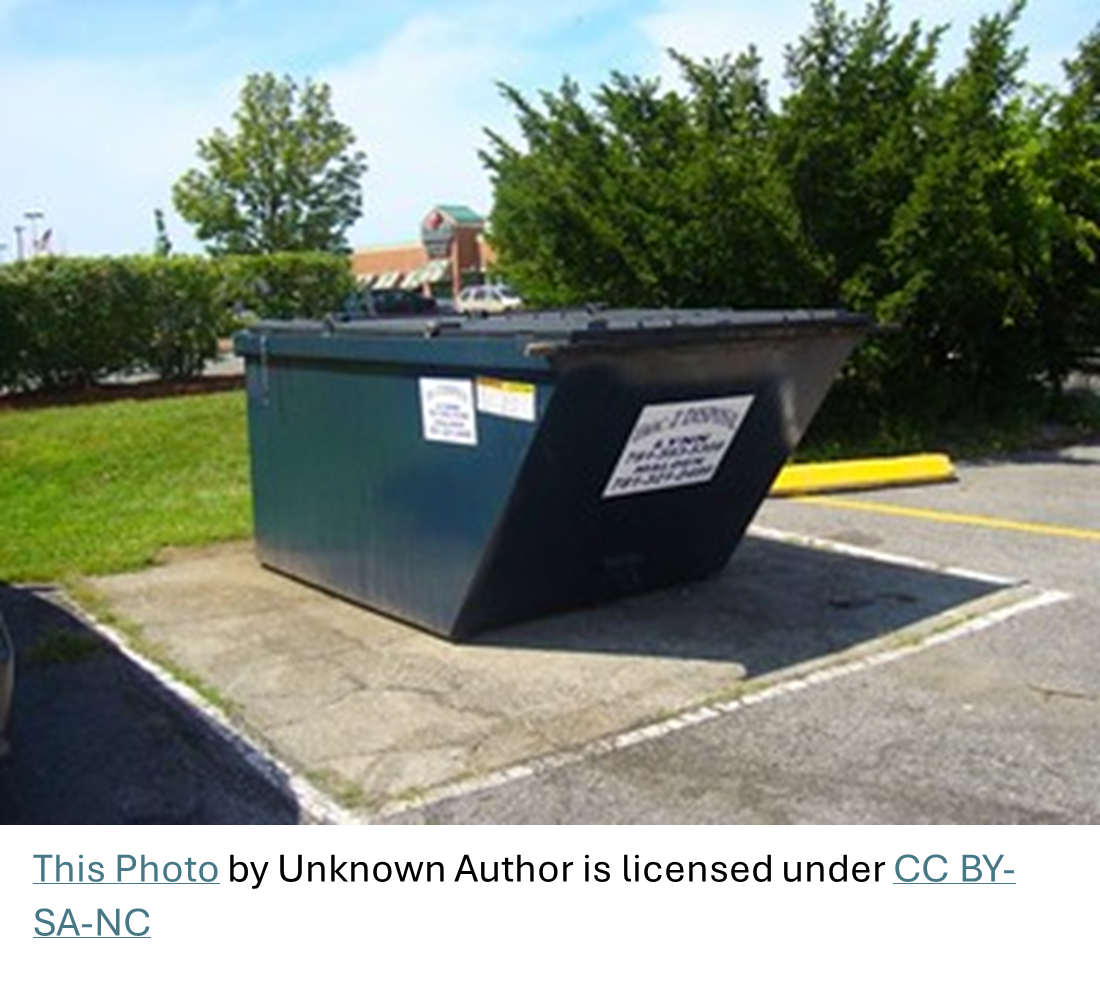







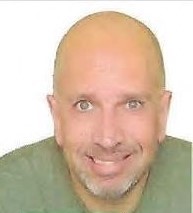

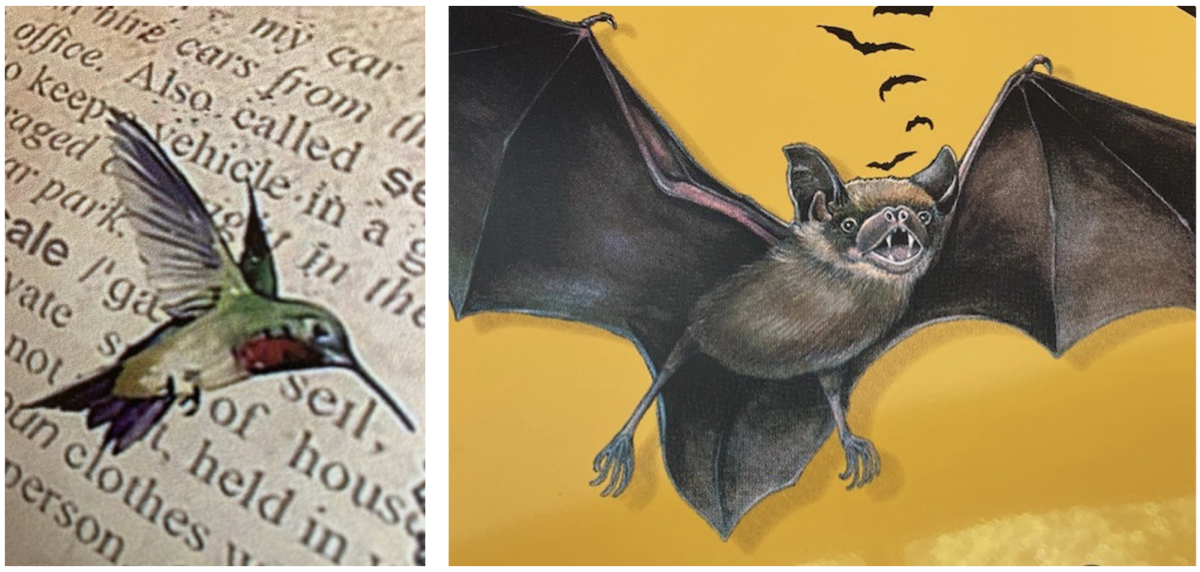
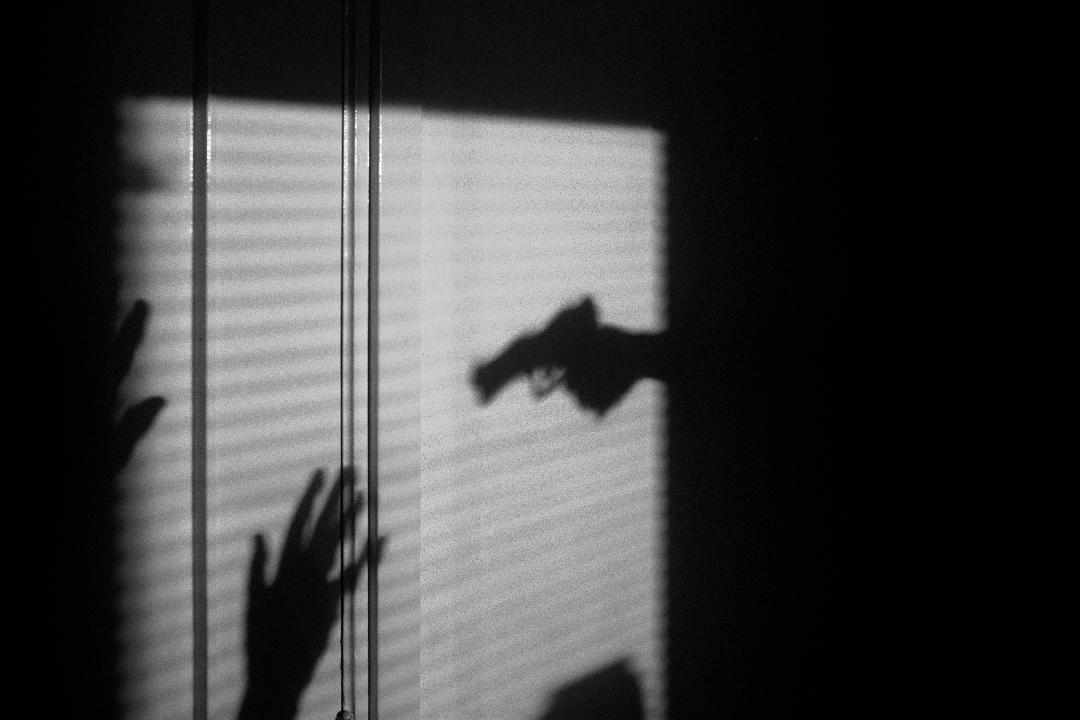





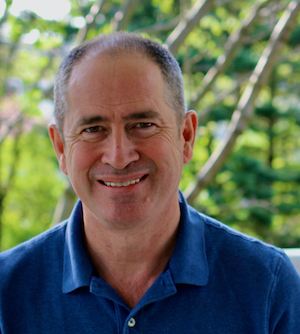

Pam McLaughlin • Mar 3, 2024 at 11:52 am
Wow, good story! I have read lots of stories about Sherlock Holmes, and the old movie ‘The Time Machine’ is one of my favorite movies.